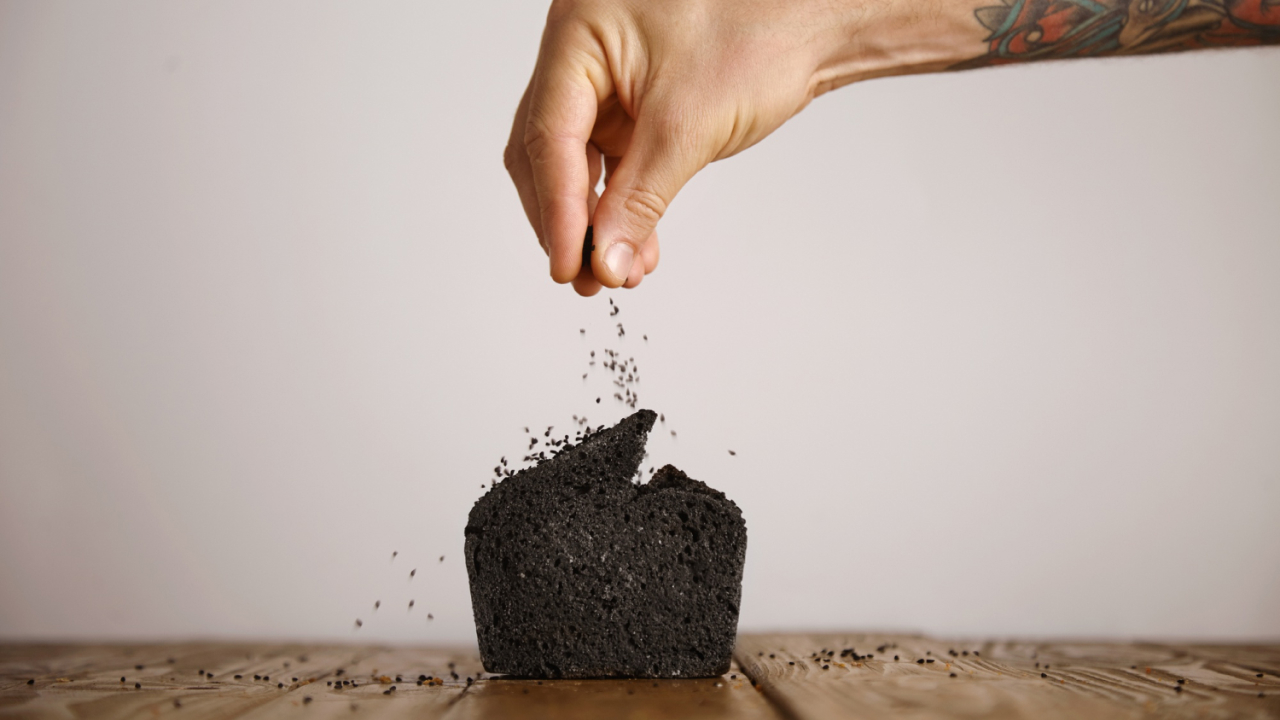Gunpowder production is a dangerous process that relies on physically mixing potassium nitrate, sulfur, and charcoal powder, where the dryness of the materials and the quality of grinding directly affect the reaction speed. The proportions of the materials and the pressure applied during mixing both determine the flammability of the product and carry significant safety risks.
How is gunpowder made? Step by step
The steps to follow for making gunpowder are as follows:
Preparation of the charcoal:
As the first step, wood charcoal is placed into a mortar. Since the charcoal pieces are hard, they are difficult to crush, and charcoal dust may spread into the environment during the process. Care should be taken to contain this dust, and if necessary, the dust around the edges of the mortar should be pushed back inside.
Forming the combustible mixture:
Powdered charcoal is then combined with store-bought sulfur powder. Since no precision scale was used in the described experiment, these materials are combined using approximate eye-measured ratios.
Adding the potassium nitrate:
The oxidizing agent, potassium nitrate, is added to the prepared combustible mixture. It should be noted that potassium nitrate can absorb moisture and clump due to its nature.
Mixing process:
After all powders are placed in the mortar, the mixing stage begins. In this stage, it is critically important not to apply excessive pressure to the mortar, as gunpowder is a substance that carries a risk of explosion under pressure.
Testing and adjustment:
Once the mixture becomes homogeneous, a small amount is burned for testing. If the burning is slow or not at the desired intensity, additional sulfur and carbon can be added by eye-measured amounts.
Moisture control and combustion:
The performance of the gunpowder depends on its dryness. If the potassium nitrate is moist, the reaction starts slowly. When the materials are completely dry or dried under the sun, it is observed that the gunpowder gives a much faster and more intense reaction even in an oxygen-poor environment.
Warning: This is a dangerous experiment that carries a risk of explosion, and the materials reacting under pressure can create serious safety hazards.
